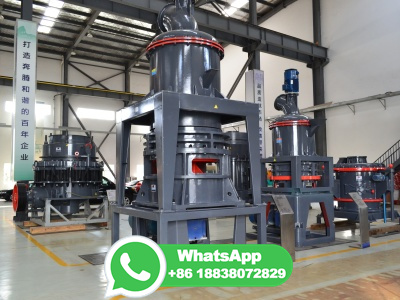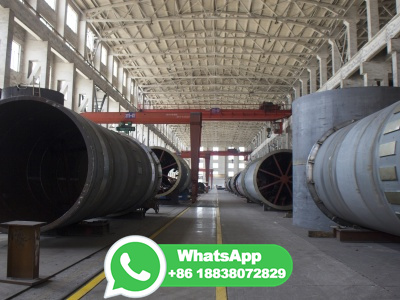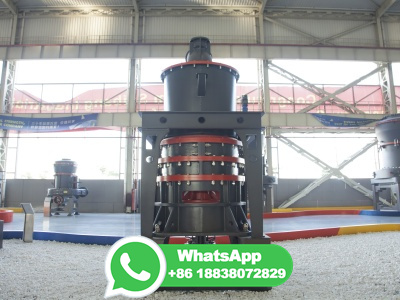An exergy analysis for cement industries: An overview
WEBJan 1, 2012 · The cement industry is one of the most energyintensive industries with energy typically accounting about 30–40% of the costs of production [1]. According to several studies and the results obtained the production for each ton of cement consumes energy from 4 to 5 GJ/ton. This energy share of the cement industry in the industrial .
































